Discovering the Versatile Papaver rhoeas
Papaver rhoeas, commonly known as the corn poppy or Flanders poppy, is a captivating annual herb that plays a crucial role in supporting biodiversity. With its vibrant scarlet petals and distinctive black center, this non-invasive flower not only adds visual appeal to landscapes but also contributes significantly to ecosystem health.
The Non-Invasive Nature of Papaver rhoeas: A Gardener’s Ally
Contrary to concerns about wildflowers spreading uncontrollably, Papaver rhoeas is generally considered non-invasive. Its annual lifecycle naturally limits long-term establishment, making it an ideal choice for responsible gardeners. Notably, the USDA PLANTS Database profile for Papaver rhoeas does not list it as an invasive species in the United States, further supporting its benign nature in cultivated environments. You can also Check ANY PLANT using this link! Kinda cool which plant will you search?
USDA PLANTS Database (https://plants.usda.gov) 👀

Environmental Benefits: Papaver rhoeas as a Biodiversity Booster
A Boon for Biodiversity: Supporting Pollinators
Papaver rhoeas significantly contributes to ecosystem health by supporting various pollinators. It is noted as the top flower producer on a per flower basis, making it an excellent food source for bees and other insects due to its high pollen production, as noted in UK studies. Moreover, the historical and cultural significance of corn poppies in agriculture underscores their long-standing positive relationship with human cultivation practices.
Enhancing Ecosystem Diversity
By providing food and habitat for various species, Papaver rhoeas helps maintain a balanced and diverse ecosystem. This diversity is crucial for the resilience and health of natural environments.
Historical and Cultural Significance
The historical and cultural significance of corn poppies in agriculture underscores their long-standing positive relationship with human cultivation practices. For centuries, these poppies have coexisted with crops, enhancing the biodiversity of agricultural landscapes.
Corn poppies have played a dual role in human history. For centuries, they’ve coexisted with crops, enhancing agricultural biodiversity. Beyond this, the corn poppy gained profound symbolic meaning after World War I. Blooming in war-torn European fields, these vibrant flowers inspired a poignant poem, establishing the poppy as an enduring emblem of remembrance for fallen soldiers. This unique blend of agricultural companion and symbol of sacrifice underscores the corn poppy’s special place in human culture.
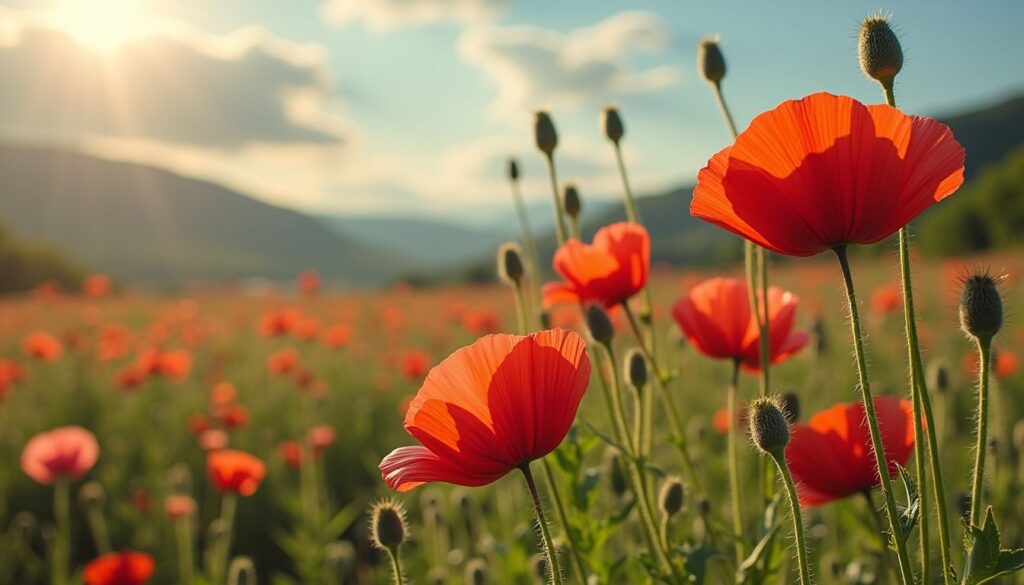
Eco-Friendly Cultivation: Maximizing Papaver rhoeas Benefits for Pollinators

Responsible Planting with Bloomer Tips
The Papaver rhoeas offers a unique opportunity to support pollinators and enhance biodiversity. By using Bloomer filter tips, you can easily contribute to pollinator conservation. Learn how to plant Bloomer filter tips and save bees with our quick guide, which provides a quick step-by-step instructions for turning your used tips into thriving wildflower patches. Or Read Below
Optimal Growing Conditions for Papaver rhoeas
To maximize the benefits of Papaver rhoeas for pollinators, consider these cultivation tips:
- Choose well-drained, sunny locations for optimal growth.
- Sow seeds directly in the garden, as they require light for germination. Or use Bloom Products for Easy Planting 😉
- Practice responsible planting by avoiding over-seeding and monitoring spread.
- Integrate Papaver rhoeas into wildflower meadows or naturalized areas for a more diverse ecosystem.
By using Bloomer filter tips, you’re not just disposing of waste responsibly – you’re actively contributing to pollinator habitats. Each tip planted is a step towards a healthier ecosystem, combining the benefits of Papaver rhoeas with eco-friendly waste management.
Remember, every Bloomer tip planted helps us reach our goal of 1 billion bee-friendly wildflowers by 2025. Together, we can create a blooming future for our essential pollinators!
Supporting Biodiversity with Bloomer
By planting Papaver rhoeas seeds from your Bloomer filter tips, you’re not just disposing of waste responsibly – you’re actively contributing to pollinator habitats and supporting the future of the world as we know it . These vibrant flowers provide essential nectar and pollen for bees, butterflies, and other beneficial insects. For a more detailed guide on planting Bloomer tips and supporting pollinators, check out our comprehensive post: Waste to Wildflowers: How to Plant Bloomer Tips for Pollinator Support.
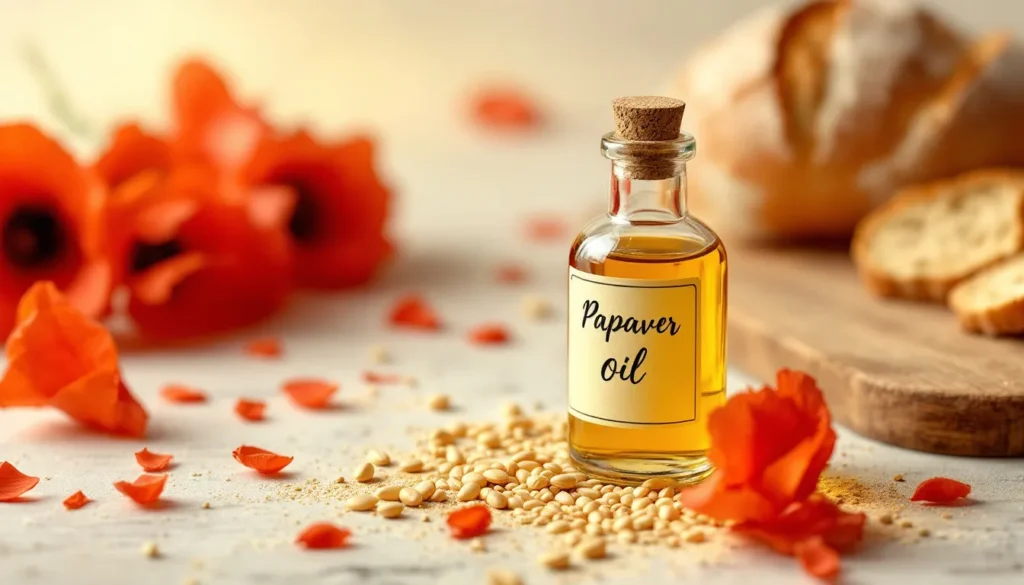
Versatile Uses of Papaver rhoeas
Culinary and Medicinal Applications
Papaver rhoeas, also known as the corn poppy, offers versatile culinary and traditional medicinal applications. The seeds are commonly used in bread and oil production, adding a nutty flavor to baked goods. Historically, various parts of the plant have been utilized for mild medicinal purposes in some cultures.
Culinary uses include:
- Young leaves can be cooked and used like spinach or added raw as flavoring in soups and salads.
- The vibrant red petals are sometimes used to make a colorful syrup for soups or as a natural food coloring.
- Seeds can be incorporated into cakes, bread, and rolls, or pressed for their oil, which some consider a good substitute for olive oil.
It’s important to note that while traditional uses exist, always consult with healthcare professionals before using any plant for medicinal purposes. The safety and efficacy of these traditional uses have not been thoroughly studied or confirmed by modern medical research.
Conclusion: Embracing Papaver rhoeas for a Healthier Environment
In conclusion, Papaver rhoeas offers a multitude of benefits, from supporting pollinators to enhancing biodiversity, all while remaining non-invasive. By incorporating these beautiful poppies into your garden or landscape, you’re not just adding visual appeal, but also contributing to a healthier, more diverse ecosystem.

Support Biodiversity with Papaver rhoeas
Ready to support pollinators and biodiversity in your garden? You can now easily incorporate Papaver rhoeas into your environment with Bloomer filter tips. These innovative products contain Papaver rhoeas seeds, allowing you to effortlessly contribute to local biodiversity.
Get your Bloomer products containing Papaver rhoeas seeds here and use the code AMBASSADORBLOOMER for a special discount on your purchase!
Learn more about how you can make a difference with our guide on planting Bloomer filter tips. By combining the benefits of Papaver rhoeas with innovative planting methods, you can create a thriving, eco-friendly environment right in your backyard.
Start your journey towards a more biodiverse garden today with Bloomer products featuring Papaver rhoeas seeds!

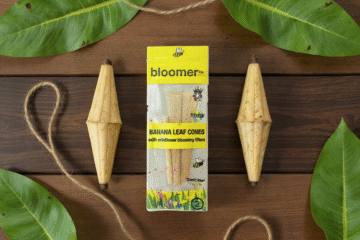
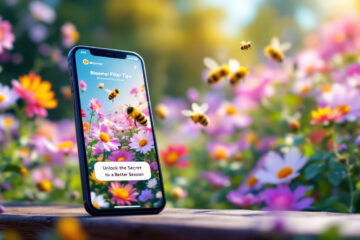
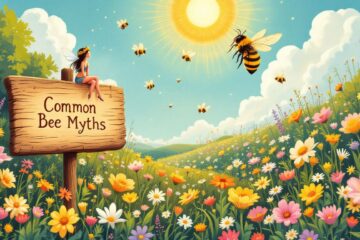
3 Comments
1 Billion Seeds Planted By 2025: JOIN NOW And Support Pollinators With Bloomer - Ambassador Bloomer · November 8, 2024 at 9:09 pm
[…] seed mix. These aren’t just any seeds – they’re carefully selected native, non-invasive species that won’t disrupt local […]
New Bee Saving Accessory: Bloomer™ Plantable Wax Filter Tips - Ambassador Bloomer · November 18, 2024 at 8:01 am
[…] Wildflower Seeds: Contains noninvasive, native wildflower seeds […]
The Truth About Bees: Debunking 5 Common Myths About Bees - Ambassador Bloomer · January 31, 2025 at 9:30 am
[…] Seed-Infused Tips: Each Bloomer filter tip contains a mix of native, non-invasive wildflower seeds. […]